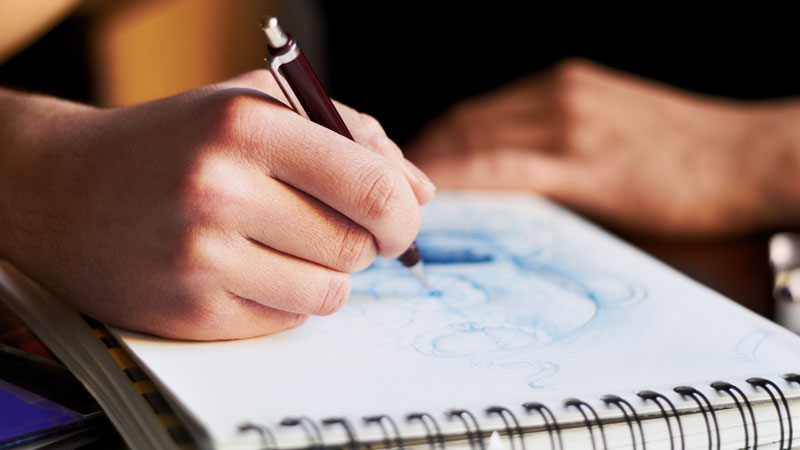Have you ever been captivated by the intricate details of a pencil drawing? Or perhaps you have tried your hand at it yourself, only to be disappointed by the lack of realism or depth in your work. Fear not, for pencil drawing is a skill that can be honed with practice and patience. In this article, we will explore the fascinating world of pencil drawing, from its history to the techniques used by master artists.
The History of Pencil Drawing
Pencil drawing has been around for centuries, dating back to the early 16th century when graphite was first discovered in Borrowdale, England. The first pencils were made by inserting graphite into hollowed-out sticks of wood, which were then wrapped in string or leather. These early pencils were crude compared to the modern-day versions, but they allowed artists to experiment with new techniques and styles.
During the Renaissance period, pencil drawing became popular among artists who wanted to capture the delicate details of their subjects. Leonardo da Vinci, Michelangelo, and Raphael all used pencil drawing as a way to study and refine their compositions before committing them to paint or sculpture.
The Techniques of Pencil Drawing
Pencil drawing is a versatile medium that allows artists to create a wide range of effects, from soft and subtle shading to bold and dramatic lines. Here are some of the techniques used by master artists:
Hatching and Cross-Hatching – This technique involves using parallel or intersecting lines to create shading and texture. By varying the density and direction of the lines, artists can create a wide range of effects.
Blending – Blending is a technique that involves using a blending tool, such as a tortillon or blending stump, to smudge and soften the lines of a drawing. This technique can be used to create smooth transitions between light and dark areas or to add texture and depth to a drawing.
Stippling – Stippling involves using tiny dots or marks to create shading and texture. By varying the size and spacing of the dots, artists can create a wide range of effects, from subtle shadows to bold patterns.
Erasing – Erasing is an essential technique in pencil drawing, as it allows artists to create highlights and remove mistakes. Artists can use an eraser to create fine details or to lighten areas that have become too dark.
Tips for Beginners
If you are new to pencil drawing, there are a few tips and tricks that can help you get started:
Start with Basic Shapes – Before attempting to draw complex subjects, start by practicing basic shapes, such as circles, squares, and triangles. This will help you develop your eye for proportion and perspective.
Use Reference Images – When drawing from life, it can be helpful to use reference images, such as photographs or sketches. This will help you capture the details and nuances of your subject more accurately.
Experiment with Different Pencils – There are many different types of pencils available, each with their own unique properties. Experiment with different grades of graphite and different types of pencils, such as charcoal or colored pencils, to find the ones that work best for you.
Be Patient – Pencil drawing takes time and practice to master. Don't be discouraged if your first attempts don't turn out as you hoped. Keep practicing, and you will see improvement over time.
Conclusion
Pencil drawing is a rewarding and versatile medium that allows artists to unleash their creativity and capture the beauty of the world around them. Whether you are a seasoned artist or just starting out, there is always something new to learn and discover in the world of pencil drawing. So pick up a pencil and start creating!
Tags
Interesting
